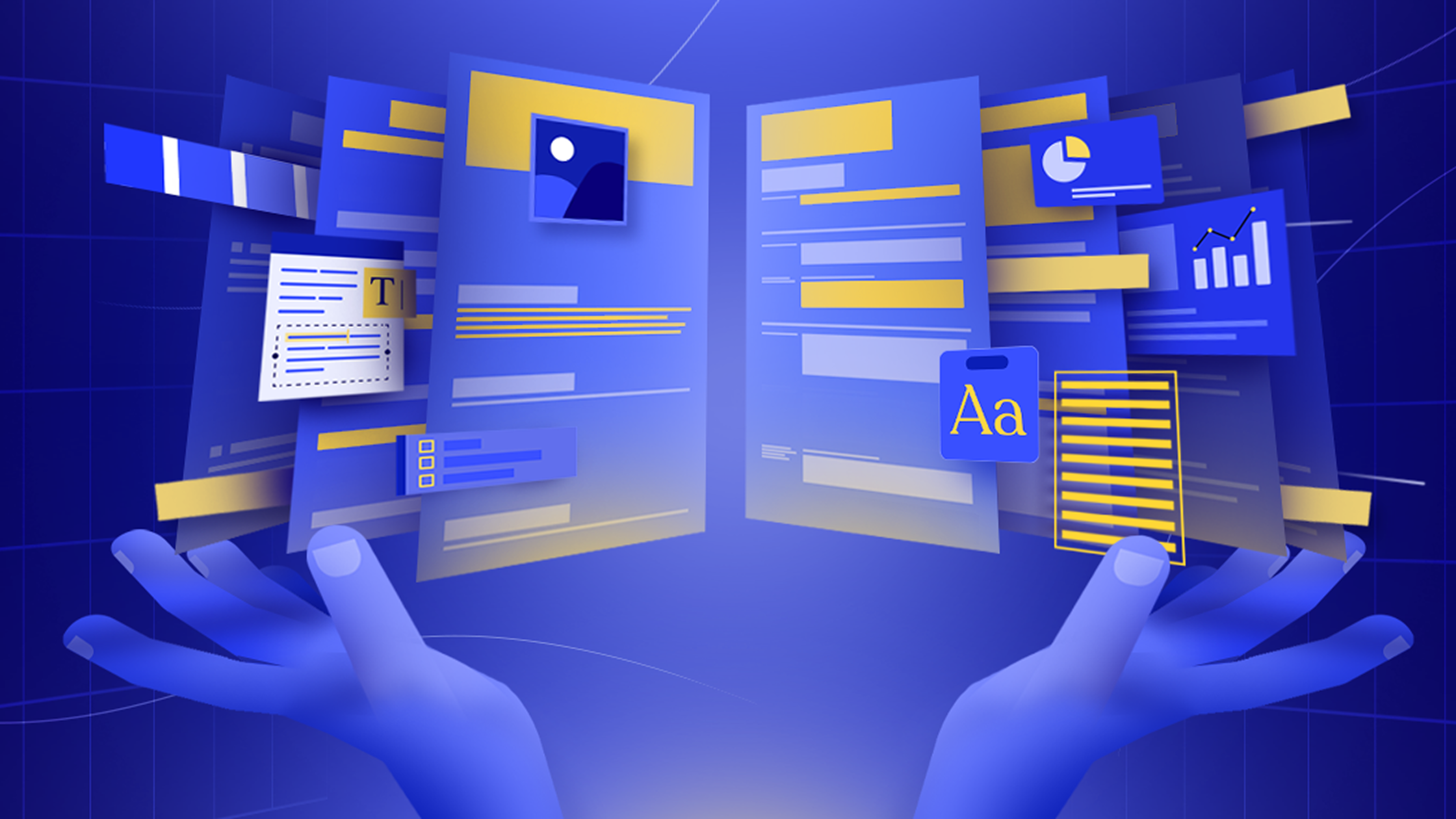Creating designs that feel "human" goes beyond mere problem-solving; it involves establishing meaningful connections with users. By integrating human-centric elements such as psychology and ergonomics, designers can craft experiences that resonate deeply with their audience. This drives better outcomes like higher conversion rates, enhanced brand loyalty, repeat purchases, and positive word-of-mouth.
In this blog, we will cover a variety of frameworks for designing more humane web experiences that not only enhance user satisfaction but also drive business growth.
Sustainable Digital Design
The impact of sustainable digital design grows as the world becomes more conscious of our responsibility towards the environment. While a web page itself may not be biodegradable or directly contribute to preserving forests, the energy consumption associated with internet usage is a significant environmental concern.
Statistics reveal that the internet makes up 10% of the total energy consumption on the planet. If you factor in the power usage of devices like smartphones and computers, then this figure surpasses the environmental impact of the airline industry by over 50%.
Sustainable Web Design emerged as a response to these alarming statistics. It prioritizes efficiency and minimal environmental impact in digital experiences. Here are some key principles of SWD:
- Concise Content: Sustainable websites focus on concise, relevant content to minimize page load times and associated energy consumption. Efficient information delivery also helps users find information swiftly, reducing their time online and energy usage.
- Optimized Pages: Fast-loading pages offer a better user experience and lower energy consumption. SWD prioritizes minimizing file sizes, using caching techniques, and optimizing code for swift load times.
- Inclusive Experiences: SWD ensures website accessibility for all users, regardless of ability. Through inclusive practices, designers create experiences that cater to a broader set of users, reducing their need for energy-intensive adaptations.

Inclusive Design and Accessibility
In the realm of user interface and experience design, it is easy to prioritize the needs of the majority – individuals who can seamlessly interact with content. However, this approach overlooks a broad set of people who may not be able to engage with content or products through conventional means.
Microsoft's inclusive toolkit articulates the importance of addressing this oversight:
"Inclusive design is a methodology that embraces and leverages the entire spectrum of human diversity. Crucially, it involves actively engaging and learning from individuals with a wide array of perspectives."

The Vitaly Friedman framework of designing inclusive web experiences is a powerful tool to leverage human power.
Vitaly Friedman Framework:
- Pick 10-15 tasks you want users to perform on your website in order of priority. These are called representative tasks or top tasks.
- Select a sample group of 15 individuals. Assign them representative tasks from your website.
- Measure the design through 2 metrics:
- Completion time: The duration it takes for a user to finish a specific task on a website.
- The success rate for each task: The percentage of people that successfully complete a task.
- Aim for an 80% success rate.
This approach uncovers insights that might otherwise be missed through subjective feedback. By providing objective metrics for evaluating website performance, it facilitates a more precise assessment of the user’s experience. Moreover, these metrics serve as a guide for focusing on the right incremental efforts.
In today’s “all digital” world, it is increasingly important to make sure our experiences cater to audiences with disabilities or other conditions that may hinder them from interacting with traditional forms of Human-Computer Interaction. For example, for fintech companies like Wise Bank, accommodating dyscalculia (which affects 3-6% of the population) is crucial due to financial tasks involving numbers. Additionally, designing with color blindness in mind will significantly improve your design for everyone.




A case study, such as Wise Bank, shows how design can be both bold and accessible, enhancing brand identity without excluding users. Prioritizing inclusivity from the start enables designers to create approachable digital experiences for all users.
Remember, it’s an iterative process
Designing web experiences that address the challenges of diverse audiences can be challenging. But, it’s important to remind yourself that it’s an iterative process and you cannot address everyone in the first attempt. However, having a framework for measuring the impact of iterations through KPIs can help design better solutions.
For instance, A/B testing in design is one approach. Experimenting with colors, contrast, fonts, and other design elements can help us understand the experience and user interaction objectively. Another way is to use heat maps. It will allow you to map the user's journey and see where they are spending more time or struggling to complete the task.
Conclusion
In conclusion, prioritizing inclusive and sustainable web design is essential for enhancing user satisfaction, driving business growth, and contributing positively to the environment. Frameworks like the ones proposed by Vitaly Friedman offer valuable insights into designing inclusive web experiences, emphasizing objective metrics and user-centric approaches. By continuously challenging assumptions and fostering genuine connections, we can create digital experiences that are bold, authentic, and accessible to all.
Costs less than agencies.
.svg)

.png)




.svg)


